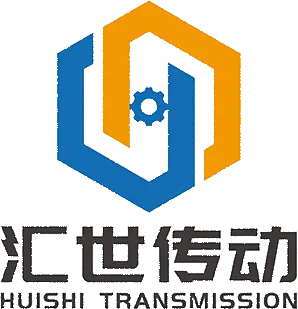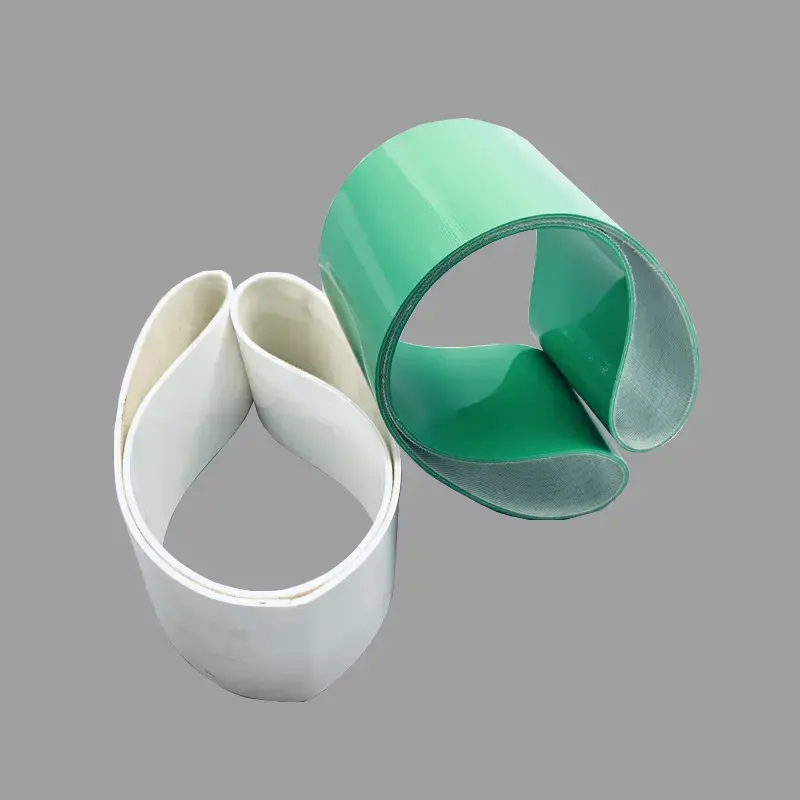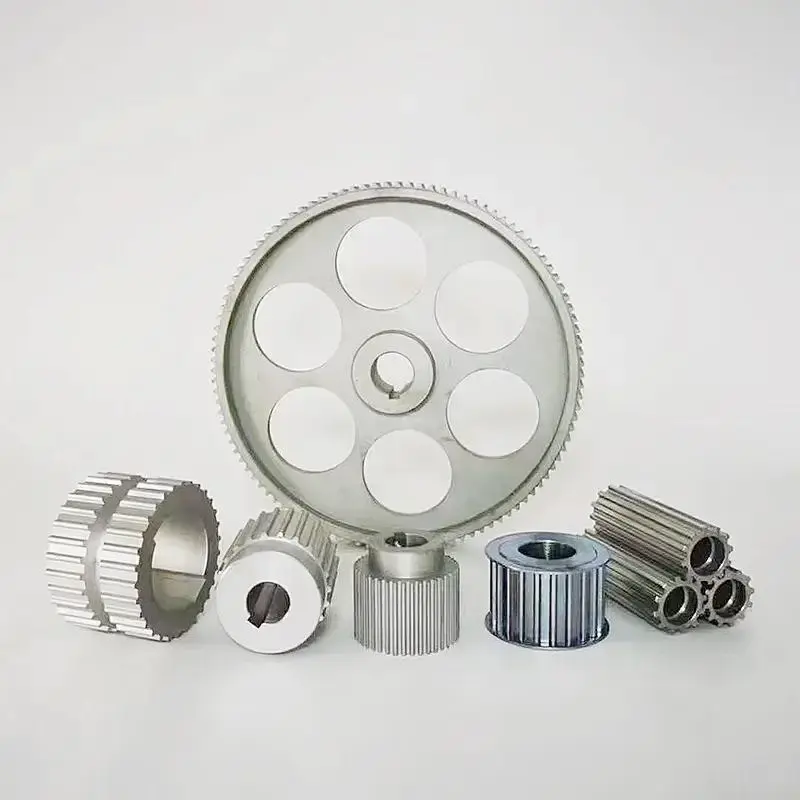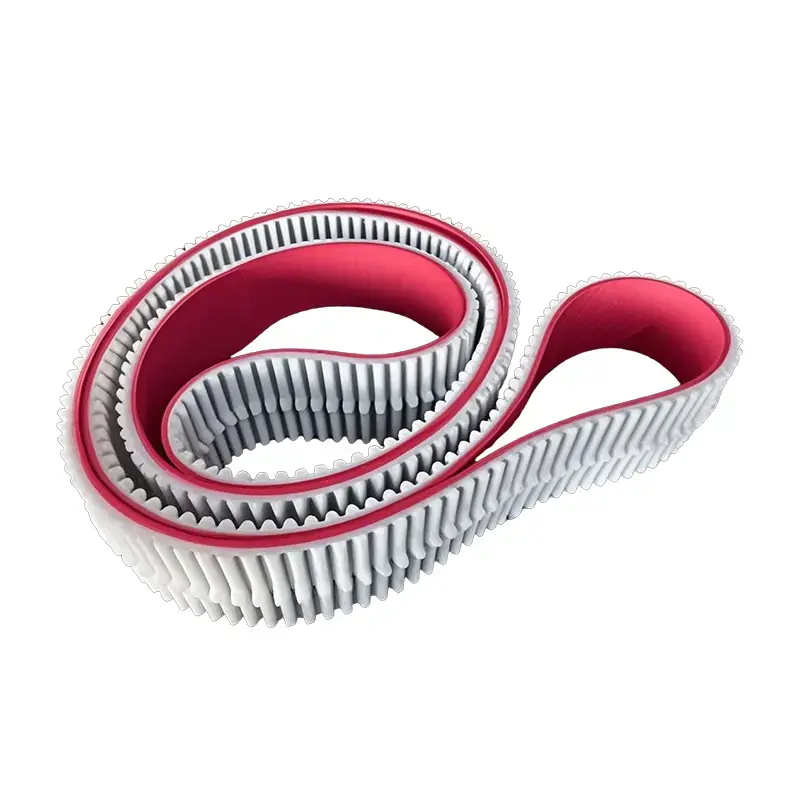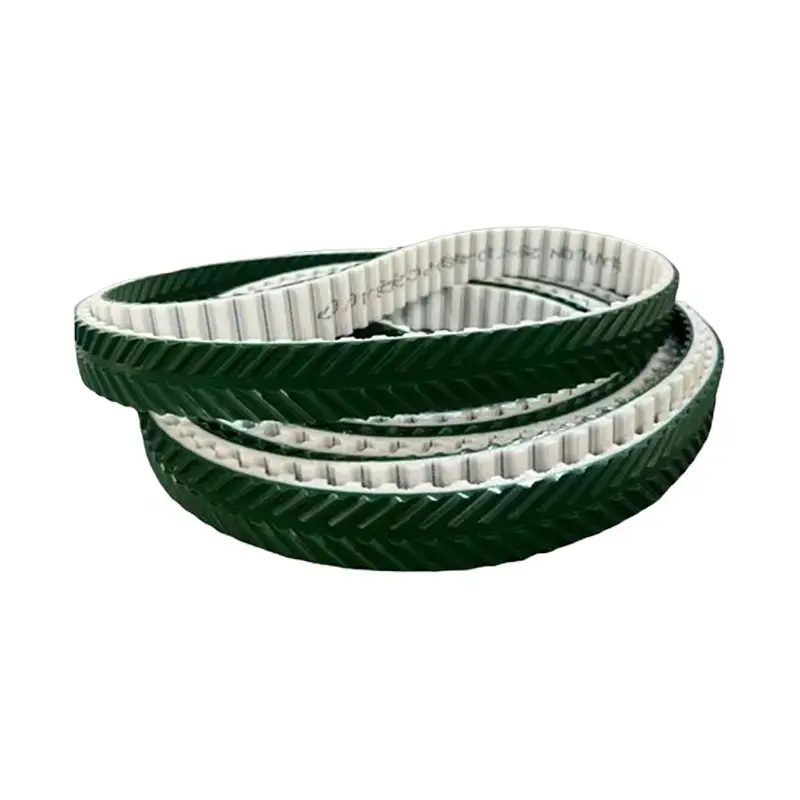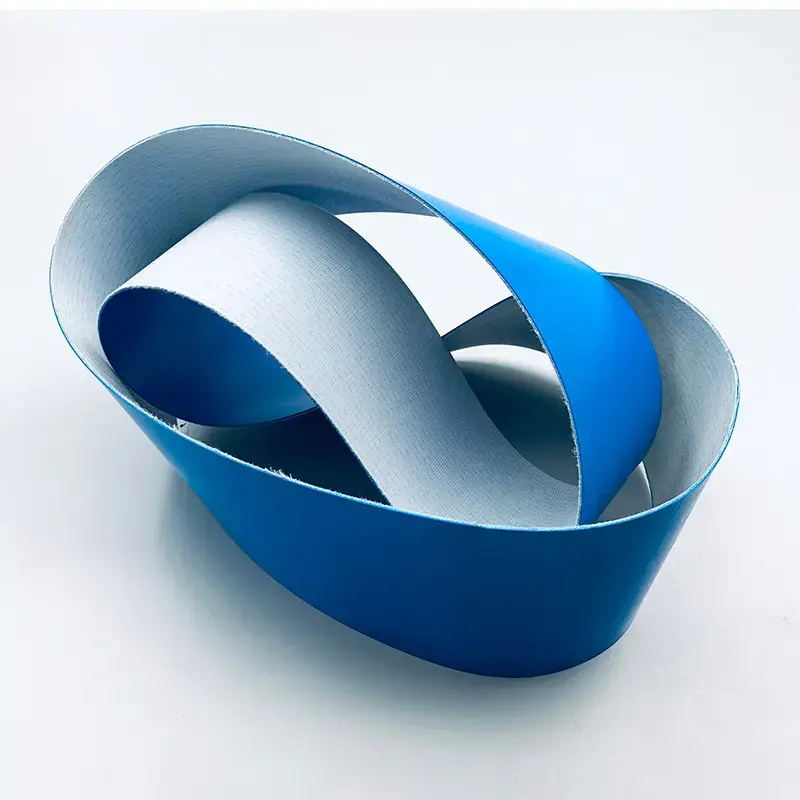 +86-19862000127
+86-19862000127 Gear Pulley: The Backbone of Precision Power Transmission
In the intricate world of machinery and automation, the gear pulleyis a seemingly simple but profoundly important component. Also known as a Timing Pulley or synchronous pulley, this precision part is the driving force behind countless industrial applications, from robotics to manufacturing. For B2B professionals, a deep understanding of the gear pulley's function and advantages is key to designing more efficient, reliable, and precise systems.
What Makes a Gear Pulley Different?
Unlike a standard V-belt or flat pulley system that relies on friction, a gear pulley operates on a positive engagement principle. Its teeth mesh perfectly with the corresponding teeth on a Toothed Belt. This synchronized engagement ensures that there is no slippage, providing a consistent speed ratio and precise timing between the driving and driven shafts. This makes them indispensable for any application where maintaining a constant and exact speed is critical.

Key Benefits for Industrial and Manufacturing Businesses
Choosing a gear pulley system over other power transmission methods offers several significant advantages that directly impact a business's bottom line.
-
Precision and Synchronization: The positive drive eliminates slippage, ensuring perfect timing and consistent speed. This is crucial for applications that require high-level accuracy, such as robotics, CNC machines, and printing presses.
-
High Efficiency: Gear pulleys operate with very little friction, which means more power is transferred from the motor to the application. This leads to reduced energy consumption and lower operational costs over time.
-
Low Maintenance: Gear pulley systems don't require high tension to function, which reduces the load on bearings and shafts. They also don't need lubrication like chain drives, resulting in less wear and tear and a longer service life. This means less frequent maintenance and a significant reduction in downtime.
-
Versatility: With a wide range of available tooth profiles, materials, and sizes, gear pulleys can be customized to fit various load, speed, and environmental requirements, from light-duty instruments to heavy industrial machinery.
-
Quiet Operation: Compared to noisy chain and gear drives, gear pulley systems operate quietly, making them suitable for noise-sensitive environments and improving working conditions.
-
Cleanliness: Since they don't require lubrication, gear pulley systems are ideal for "clean room" environments in industries like food processing, pharmaceuticals, and medical device manufacturing.
Choosing the Right Gear Pulley
Selecting the appropriate gear pulley is a critical decision that depends on several application-specific factors.
-
Tooth Profile: The profile (e.g., trapezoidal, curvilinear, or parabolic) must match the toothed belt exactly to ensure smooth meshing and prevent "ratcheting" under load.
-
Material: Common materials include aluminum, steel, and plastics. Aluminum is popular for its lightweight and corrosion resistance, while steel offers higher strength for heavy-duty applications.
-
Bore and Hub: The bore size must match the shaft diameter, and the hub design (e.g., solid, taper-lock, or set screw) should be chosen based on the mounting requirements.
-
Flanges: Flanges on the pulley are essential for keeping the belt aligned and centered during operation.
-
Pitch: The pitch (distance between the center of one tooth and the center of the next) must be identical on both the pulley and the belt.
Conclusion
The gear pulley is a vital component for any modern industrial system where precision, efficiency, and reliability are paramount. By providing a clean, low-maintenance, and highly accurate method of power transmission, it not only optimizes machine performance but also leads to significant cost savings through reduced energy consumption and downtime. For businesses focused on innovation and long-term operational excellence, choosing the right gear pulley is a foundational step.
FAQ
Q1: What is the main difference between a gear pulley and a regular V-belt pulley? A: A gear pulley uses a positive engagement of teeth and grooves to transmit power without slippage, ensuring precise timing. A regular V-belt pulley relies on friction, which can lead to slippage and is not suitable for applications requiring synchronization.
Q2: Are gear pulleys only for high-speed applications? A: No, gear pulleys are used in a wide range of applications, from low-speed, high-torque systems to high-speed, light-duty applications. Their primary advantage is not speed, but the ability to maintain a precise, synchronized motion.
Q3: How do I know what size and profile of gear pulley I need? A: The size and profile are determined by the specific requirements of your application, including the belt's pitch and profile, the required torque, speed, and the diameter of the shaft. It's best to consult the manufacturer's technical specifications and consider seeking advice from an engineering professional.
Q4: Can a worn gear pulley affect my system's performance? A: Yes. A worn gear pulley can lead to a loss of synchronization, increased noise, belt vibration, and premature belt failure. Replacing a worn pulley is crucial for maintaining the system's efficiency and reliability.



